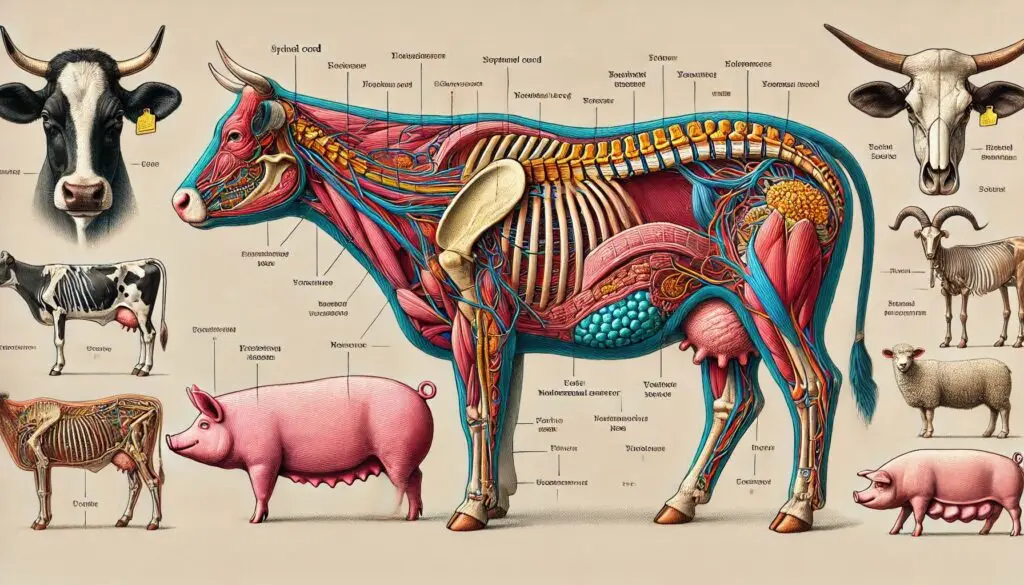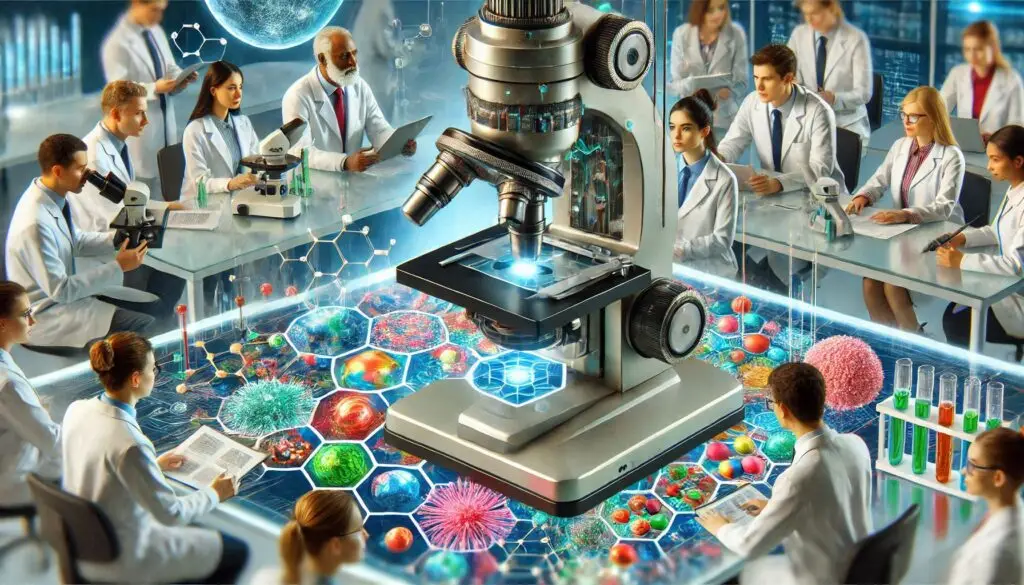Spinal Cord

Overview of the Structure
The spinal cord is a long, cylindrical bundle of nerve tissue that extends from the brainstem down to the lower back. It is protected by the vertebral column, which consists of 33 vertebrae. These vertebrae are divided into different regions:
- Cervical Region: Contains seven vertebrae (C1-C7).
- Thoracic Region: Comprises twelve vertebrae (T1-T12).
- Lumbar Region: Consists of five vertebrae (L1-L5).
- Sacral Region: Contains five fused vertebrae.
- Coccygeal Region: Typically has four fused vertebrae forming the tailbone.
For a detailed overview of spinal anatomy, you can visit Verywell Health.
Protective Layers
Surrounded by three protective membranes called meninges:
- Dura Mater: The outermost layer that provides a tough protective covering.
- Arachnoid Mater: The middle layer that contains cerebrospinal fluid (CSF), which cushions the spinal cord.
- Pia Mater: The innermost layer that closely adheres to the surface of the spinal cord.
These layers work together to protect the spinal cord from injury and infection.
Cross-Sectional Anatomy
A cross-section of the spinal cord reveals two main types of tissue:
- Gray Matter: This area contains nerve cell bodies and is shaped like a butterfly or an “H.” It processes information.
- White Matter: Composed of myelinated axons, this area transmits signals up and down the spinal cord.
For more information on spinal cord anatomy, check out Healthline.
Functions of the Spinal Cord
The spinal cord performs several essential functions that are vital for our survival and daily activities.
Motor Control
The spinal cord transmits motor commands from the brain to various muscles throughout the body. This process allows us to perform voluntary movements like walking or picking up objects. The motor pathways include:
- Upper Motor Neurons: These neurons originate in the brain and send signals down to lower motor neurons.
- Lower Motor Neurons: Located in the spinal cord, they connect directly to muscles.
Sensory Processing
It also carries sensory information from peripheral receptors back to the brain. This includes sensations such as touch, pain, temperature, and proprioception (the sense of body position). Sensory pathways include:
- Ascending Pathways: These pathways carry sensory information from the body to the brain.
For a deeper understanding of sensory processing in the nervous system, visit NINDS.
Reflex Actions
One fascinating aspect of the spinal cord is its ability to mediate reflex actions independently of the brain. Reflexes are quick responses to stimuli that help protect us from harm. For example:
- Knee-Jerk Reflex: Tapping below the kneecap causes an involuntary kick due to a reflex arc involving sensory and motor neurons.
Reflex actions occur rapidly because they bypass higher brain centers. To learn more about reflexes, explore Cleveland Clinic.
Common Spinal Cord Injuries
Injuries to the spinal cord can have devastating effects on an individual’s mobility and quality of life. Understanding these injuries is crucial for prevention and treatment.
Types of Injuries
Spinal cord injuries can be classified into two main categories:
- Complete Injury: This type results in total loss of function below the injury site.
- Incomplete Injury: Some function remains below the injury site, leading to varying degrees of mobility and sensation.
Causes of Spinal Cord Injuries
Common causes include:
- Trauma: Car accidents, falls, sports injuries, and violence are significant contributors.
- Diseases: Conditions like multiple sclerosis or tumors can affect spinal function.
For statistics on spinal cord injuries, visit NSCISC.
Symptoms of Spinal Cord Injuries
Symptoms vary based on injury severity and location but may include:
- Loss of movement or sensation
- Changes in bowel or bladder control
- Pain or intense stinging sensations
If you suspect a spinal injury, immediate medical attention is crucial.
Maintaining Spinal Health
Taking care of your spine is essential for overall well-being. Here are some effective strategies:
Exercise Regularly
Engaging in regular physical activity strengthens back muscles and improves flexibility. Activities like swimming, yoga, and pilates are excellent choices for maintaining spine health.
Maintain Good Posture
Proper posture reduces strain on your spine during daily activities. When sitting or standing:
- Keep your back straight.
- Use ergonomic furniture if possible.
For tips on improving posture, check out Mayo Clinic.
Stay Hydrated
Drinking enough water supports disc health by keeping them hydrated. Aim for at least eight glasses per day.
Healthy Diet
A balanced diet rich in calcium and vitamin D supports bone health. Include foods like dairy products, leafy greens, and fish in your meals.
Regular Check-ups
Routine visits to healthcare professionals can help identify potential issues early on. Regular chiropractic care or physical therapy can also be beneficial for maintaining spine health.
Conclusion
The spinal cord is an incredible structure that plays a vital role in our everyday lives. Understanding its anatomy and functions helps us appreciate its importance even more. By taking proactive steps to maintain our spinal health, we can enhance our quality of life and reduce the risk of injuries.
More from Veterinary Anatomy:
Electron Microscopes






Responses